#WOOL
Explore tagged Tumblr posts
Text


Spilling the ☕️
#coffeeblr#coffee#coffee aesthetic#cozy aesthetic#hygge aesthetic#iphonography#toronto#canada#wool#wool sweater#art#latte#cozycore#cozy vibes
66 notes
·
View notes
Text

I think this is going to be really pretty fabric. Might mess around and make it into a skirt. 💃
Warp: ??? (some kind of synthetic yarn that came in a mill ends bag years ago)
Weft: Malabrigo Mechita
Loom: 27" Lillstina (4-harness)
27 notes
·
View notes
Text
On the weekend I picked up a pound of raw Romney from a local farmer and it is so nice
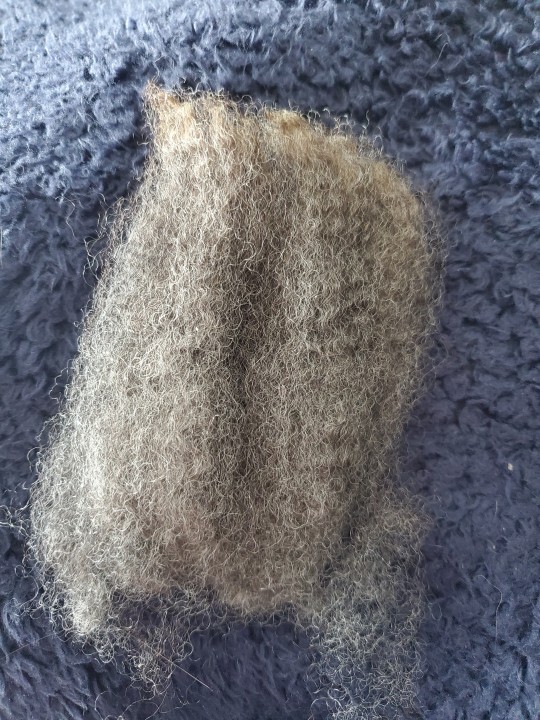
It was coated and it's so tempting to process it in the grease, but experience tells me that at least a cold soak to get some of the gunk out is important.
I washed a small sample and I'm spinning it while listening to an audio book

It's lovely.
21 notes
·
View notes
Text
Someone bought the first trial braid and I really loved how they spun it up into a 2-ply yarn. “Harvest” is now available on Cormo! 🧶
https://artisans.coop/products/harvest-hand-dyed-cormo-wool

22 notes
·
View notes
Text
TO HELL WITH ALL CURRENT PROJECTS, I GOT SOFT MAIL:

Time to spin and knit me a peach!
My dearest @fossilfibers made the discord our own existential peach colorway since we try to see how many screaming peach stickers we can find when we get new friends lol
3K notes
·
View notes
Text

an accident by erin m. riley, 2020, wool & cotton, 82 × 100 inches
3K notes
·
View notes
Text



Wow, didn’t realise I hadn’t posted an update on this in a while. Anyway, the colourwork is completed & I’ve put a lifeline in before I start the ribbing. I am sooo close…..
#craft#crafts#wip#maker#wool#yarn#yarnblr#yarn crafts#yarnaddict#yarnlove#cowl#fashion#slow fashion#knitting#double knitting#hand knit#knitspiration#knit colourwork#colourwork#double knit#knit cowl#fashion cowl#mammoth cowl#mammoth#handhuntknits#hand knitted#knitted cowl#colourwork knitting#knit wip
3K notes
·
View notes
Text

Hungry Faint - Natalia Leonova
Russian , b. 1983 -
Pastel on paper , 70 x 50 cm.
3K notes
·
View notes
Text


Riding Jacket
c.1835
Europe
LACMA
#riding habit#fashion history#historical fashion#1830s#1835#19th century#sportswear#victorian era#black#wool#velvet#europe#lacma
3K notes
·
View notes
Text

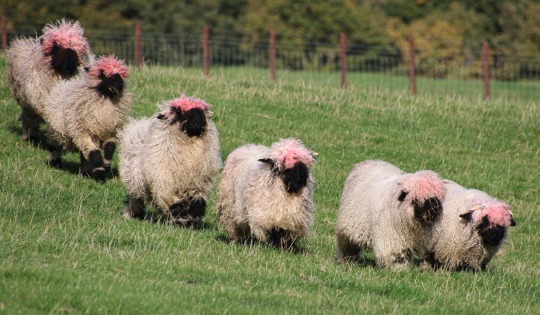

The Swiss Valais Blacknose have been rubbing themselves against the red feeder while eating and it managed to dye their wool pink.
28K notes
·
View notes
Text
Made some little freaks


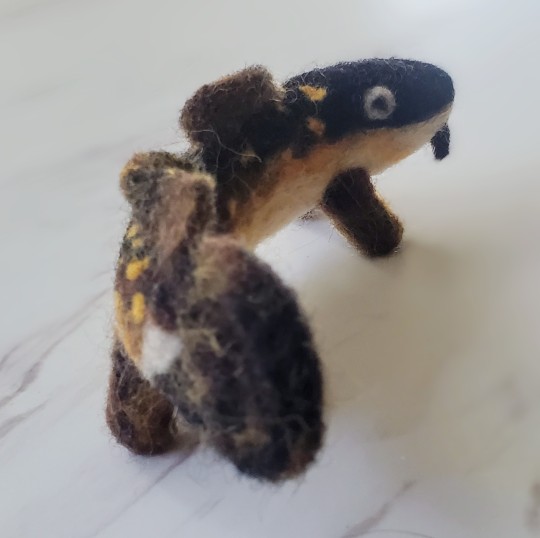
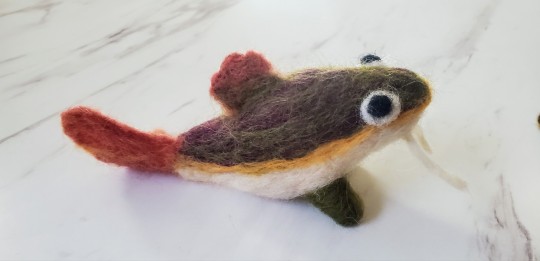

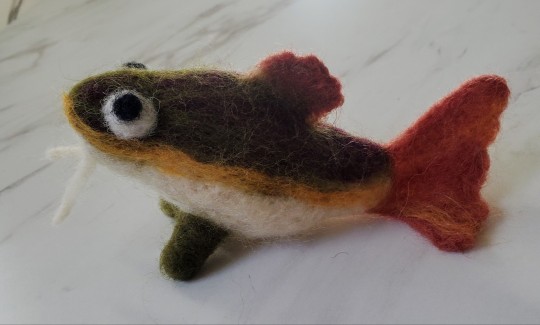
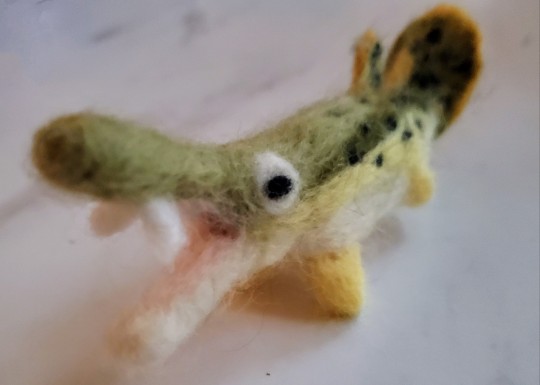

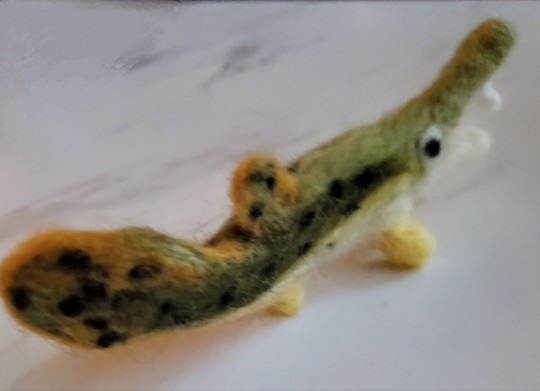
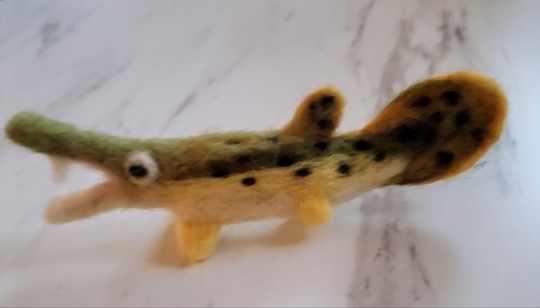
#burbot#redtail catfish#aligator gar#needle felting#felt art#wool#fishblr#fiber art#fish want me#fish fear me#kreechur croft
7K notes
·
View notes
Text
Child's Sock from Egypt, c.250-350 CE: this colorful sock is nearly 1,700 years old

This sock was discovered during excavations in the ancient city of Oxyrhynchus. It was likely created for a child during the late Roman period, c.250-350 CE.
Similar-looking socks from late antiquity and the early Byzantine period have also been found at several other sites throughout Egypt; these socks often have colorful, striped patterns with divided toes, and they were crafted out of wool using a technique known as nålbinding.

Above: a similar child's sock from Antinoöpolis, c.250-350 CE
The sock depicted above was created during the same period, and it was found in a midden heap (an ancient rubbish pit) in the city of Antinoöpolis. A multispectral imaging analysis of this sock yielded some interesting results back in 2018, as this article explains:
... analysis revealed that the sock contained seven hues of wool yarn woven together in a meticulous, stripy pattern. Just three natural, plant-based dyes—madder roots for red, woad leaves for blue and weld flowers for yellow—were used to create the different color combinations featured on the sock, according to Joanne Dyer, lead author of the study.
In the paper, she and her co-authors explain that the imaging technique also revealed how the colors were mixed to create hues of green, purple and orange: In some cases, fibers of different colors were spun together; in others, individual yarns went through multiple dye baths.
Such intricacy is pretty impressive, considering that the ancient sock is both “tiny” and “fragile."
Given its size and orientation, the researchers believe it may have been worn on a child’s left foot.

Above: another child's sock from Al Fayyum, c.300-500 CE
The ancient Egyptians employed a single-needle looping technique, often referred to as nålbindning, to create their socks. Notably, the approach could be used to separate the big toe and four other toes in the sock—which just may have given life to the ever-controversial socks-and-sandals trend.
Sources & More Info:
Manchester Museum: Child's Sock from Oxyrhynchus
British Museum: Sock from Antinoupolis
Royal Ontario Museum: Sock from Al Fayyum
Smithsonian Magazine: 1,700-Year-Old Sock Spins Yarn About Ancient Egyptian Fashion
The Guardian: Imaging Tool Unravels Secrets of Child's Sock from Ancient Egypt
PLOS ONE Journal: A Multispectral Imaging Approach Integrated into the Study of Late Antique Textiles from Egypt
National Museums Scotland: The Lost Sock
#archaeology#artifact#history#anthropology#child's sock#ancient textiles#ancient egypt#roman egypt#fabric arts#knitting#fashion#naalebinding#art#classical antiquity#children in archaeology#natural dyes#wool#yarn#ancient clothing#children#roman#sewing#egyptology#cute little stripy socks
2K notes
·
View notes
Text
Maintaining the biodiversity of sheep is not just important for knitters and spinners, but for the health of the environment. Essentially, a sheep functions like a carbon sequestration system. Atmospheric carbon makes up 50 percent of wool's weight, and, unlike synthetic fabrics, wool is naturally biodegradable. When disposed of, wool acts like a fertilizer, slowly releasing valuable nutrients and carbon back into the soil. Wool fixed carbon in the topsoil rather than releasing it into the atmosphere. This process can help regenerate pastures, which sheep will graze. And sheep can help answer the problem of how to avoid far-flung fiber supply chains. Because sheep do well in such an extraordinary range of terrains, wool is a natural choice for people interested in rebuilding local systems of cloth manufacture. Certain breeds are more suited to certain atmospheric and geologic conditions than others, so preserving diversity also means preserving the geographic range in which sheep can flourish.
Sofi Thanhauser, Worn: A People’s History of Clothing
2K notes
·
View notes
Text






needle felted cat pet portraits!!
#pet portrait#needle felt#pets#cute cats#cats of tumblr#cat#catblr#artblr#wool art#artwork#art#needle felting#wool
659 notes
·
View notes
Text
Yarn for Christmas?
An open PSA to anyone with crafting friends (and isn't really sure what they like):
DON'T BUY THEM YARN
Part of the hobby is the purchasing yarn, which some might argue buying yarn and using yarn are two different hobbies. "But OP," you might argue, "I just know they'll love the Red Heart Super Saver I got on sale at Joann's! One skein should be plenty, and they can make me a sweater!"
This is one of those rare cases where a gift card to their favorite yarn store is more personal. First off, nothing against Red Heart, but if they're a yarn snob, it's going to collect dust. If they're a project-oriented purchaser, it's going to collect dust. If they like to buy yarn, then it's just mean.
Also, NEVER imply that your crafting friend should make something for you. If they love you, they will. If they don't, then you're not close enough to be making expensive demands.
#gift cards#cash#support your local yarn store#knitting#christmas#gift ideas#fiber arts#crafting#fiber crafts#crochet#if you insist upon yarn#then go for something obnoxiously expensive that they could never justify purchasing themselves#like mohair#wool#alpaca#quiviut#and buy like 600 yards of it
947 notes
·
View notes